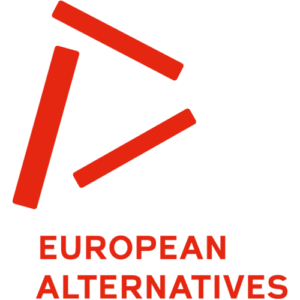Curatorial Note on WHAT IS LEFT
by Serena Vittorini
I met Marian Lens as I was doing a photo-reportage of her, to highlight her life as a lesbian activist in Belgium. What struck me immediately is the vast archive she has created and accumulated over the years. My reportage focused on this extensive archive – a specific focus that I had already used in previous projects.
The archive is a significant gathering of knowledge and memory as it collects, records, preserves and transmits historical objects and documents for the present and for the future. This collection from the past structures historical memory and prevents the loss of valuable material that ought to be transmitted to future generations.
Also, archive-based art exhibitions allow for a reinterpretation of the past with multiple levels of interpretation, ask questions about reality and fiction, contribute to reinvigorating the link between individual and collective memory, and are thus crucial for understanding the identity of the individual in society. In recent years, in the context of artistic practice, archives have become a fruitful platform of stimuli for contemporary artistic production and theoretical research. Archives are being discovered and digitalised at a faster than ever pace (it would also be worth reflecting on the issue of dematerialisation of the object).
New ways of presenting the interactions of the archive are constantly being developed, allowing the realisation of important multimedia and multidisciplinary art installations. Also, the more artists and researchers work in this field, the more we realise that there is a huge amount of objects and images already produced, just waiting to be rediscovered and reinterpreted. That is why we decided to create this installation at the Livraria aberta in Porto, composed of a selection of historical documents that Marian Lens kept during her life as a lesbian activist and of her thoughts in a text format.
We will formalise this material in the space of the bookshop through a mind map that will associate the historical documents with the experience of the individual, creating an important parallel that aims to examine the connections between individual and collective memory.

